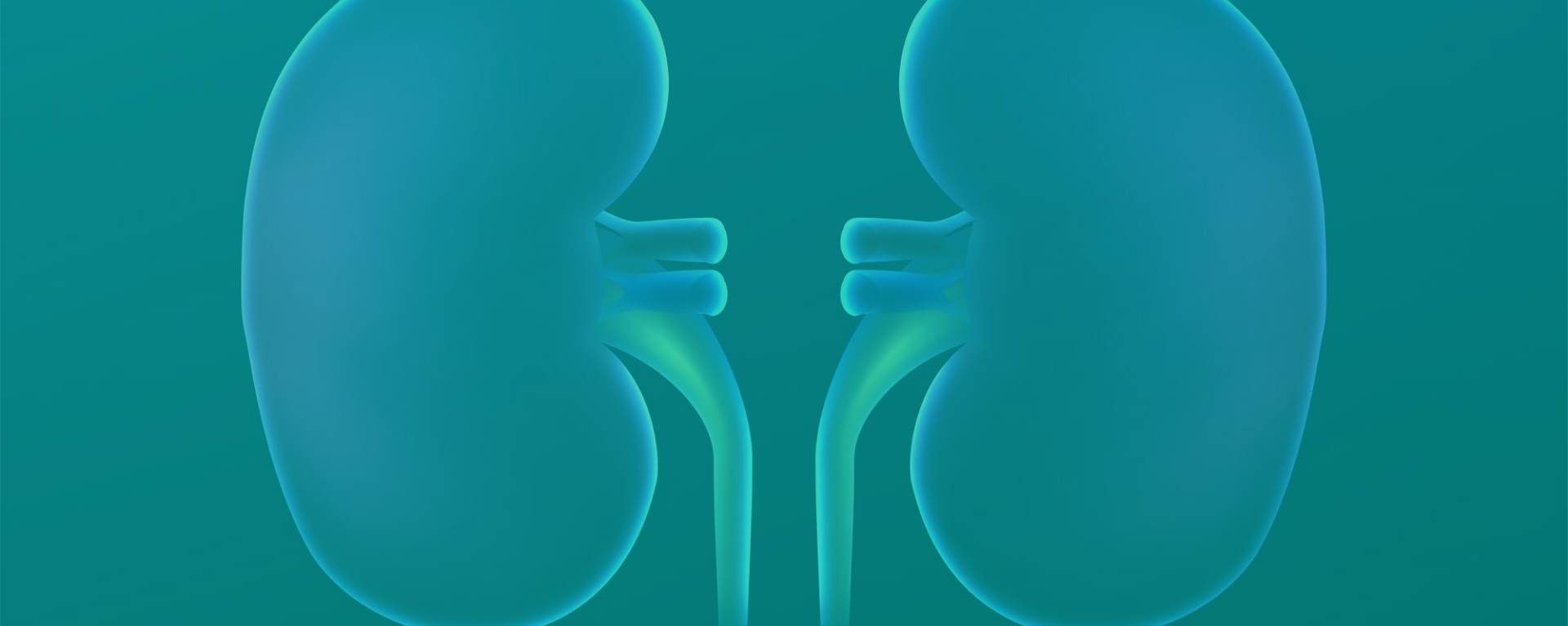
Clinicopathological Characteristics of Adult IgA Nephropathy in the United States
Topics: Nephrology IgAN Observational Publication Summary
Caster DJ, Abner CW, Walker PD et al.
10.1016/j.ekir.2023.06.016
Summary
A large US cohort study observed advanced pathology of IgA nephropathy at diagnosis suggesting an already significant disease burden for patients1
Background
Primary IgA nephropathy is the most common glomerular disease worldwide and a leading cause of kidney failure.2,3 It is characterized by the deposition of pathogenic immune complexes in the glomerular mesangium, which leads to the release of inflammatory cytokines and complement activation.2-4 The pathology of IgA nephropathy is diverse and can include5:
- Variable glomerular injury
- Tubulointerstitial fibrosis
In IgA nephropathy, elevated proteinuria has been demonstrated as the strongest clinical predictor of disease progression to kidney failure.6,7 Studies suggest that 50% of adults have already progressed to stage 3 chronic kidney disease (CKD) at diagnosis.3,8
Aim
The objective of this study was to characterize disease stage and histological patterns of IgA nephropathy at diagnosis.1
Approach
This non-interventional, retrospective, large US cohort study evaluated clinical characteristics of IgA nephropathy and calculated MEST-C scores using diagnostic biopsy samples.1 Adult patients with IgA nephropathy, as diagnosed by a kidney biopsy, without a history of kidney transplants were included.1
Findings
Baseline characteristics
At diagnosis, most patients already presented with proteinuria and had substantial renal injury, stage 3 CKD or higher, and high MEST-C scores for mesangial hypercellularity, segmental sclerosis, and tubular atrophy.1
The overall study population that met the eligibility criteria was 4,375 patients.1
Estimated glomerular filtration rate (eGFR) and CKD staging
- The mean eGFR was 44.2 ml/min/1.73 m2 in patients with available eGFR data (87.5%; 3,828/4,375)1
- Among this subset of patients, 74.6% (2,856/4,375) of patients had stage 3 CKD or higher1
Proteinuria
- Patients with available proteinuria data (52.1%; 2,280/4,375) had a mean value of 4.2 g/day1
- 85.0% (1,937/2,280) of patients had proteinuria values ≥1 g/day1
MEST-C
- Mesangial hypercellularity: 47.3% (2,071/4,375) of patients had mild to moderate mesangial hypercellularity1
- Endocapillary hypercellularity: 16.9% (741/4,375) of patients had minimal endocapillary hypercellularity1
- Segmental sclerosis: 65.0% (2,842/4,375) of patients had segmental sclerosis1
- Tubular atrophy >25%: 57.4% (2,511/4,375) of patients had tubular atrophy >25%1
- Crescents: 18.5% (808/4,375) of patients had crescents1
Association between proteinuria and MEST-C histological characteristics
The association between proteinuria ≥1 g/day and the presence of all MEST-C histological characteristics was statistically significant.1
Similar associations were seen between most histological characteristics and proteinuria values ≥3.5 g/day compared with <3.5 g/day.1
Associations between MEST-C scores and CKD stage
The pathology of IgA nephropathy at diagnosis indicated an association between high MEST-C scores and CKD staging.1
The odds of mesangial hypercellularity, segmental sclerosis, tubular atrophy, and the presence of crescents increased with CKD stage.1
- Most patients with mesangial hypercellularity had stage 4 CKD at the time of biopsy1
- Greater odds of segmental sclerosis were associated with higher CKD staging1
- The odds of having tubular atrophy >50% of kidney tissue and crescents in >25% of glomeruli increased significantly with higher CKD staging1
Key takeaway
The advanced pathology of IgA nephropathy at diagnosis was indicative of significant disease burden, highlighting the need to1:
- Raise awareness
- Promote early detection
- Initiate early treatment to prevent extensive and irreversible kidney damage
Footnotes
CKD, chronic kidney disease; eGFR, estimated glomerular filtration rate; IgA, immunoglobulin A; US, United States.
- Caster DJ et al. Kidney Int Rep. 2023;8(9):1792-1800.
- Scionti K et al. Glomerular Dis. 2022;2:15-29.
- Wyatt RJ, Julian BA. N Engl J Med. 2013;368:2402-2414.
- Rodrigues JC et al. Clin J Am Soc Nephrol. 2017;12:677-686.
- Roberts ISD. Nat Rev Nephrol. 2014;10:445-454.
- Le W et al. Nephrol Dial Transplant. 2012;27:1479-1485.
- Reich HN et al. J Am Soc Nephrol. 2007;18:3177-3183.
- Hastings MC et al. Kidney Int Rep. 2018;3:99-104.
MA-DS-24-0007 | August 2024